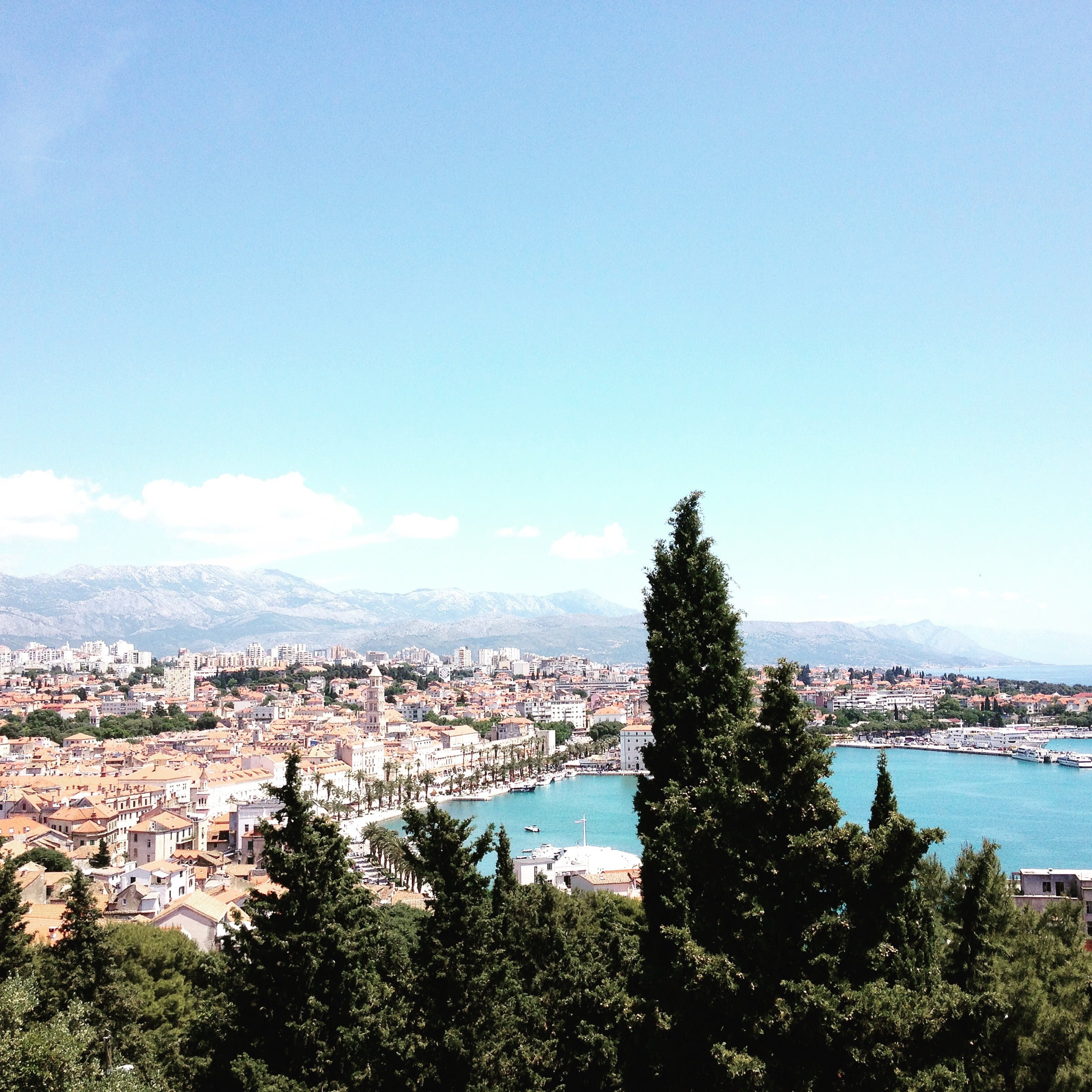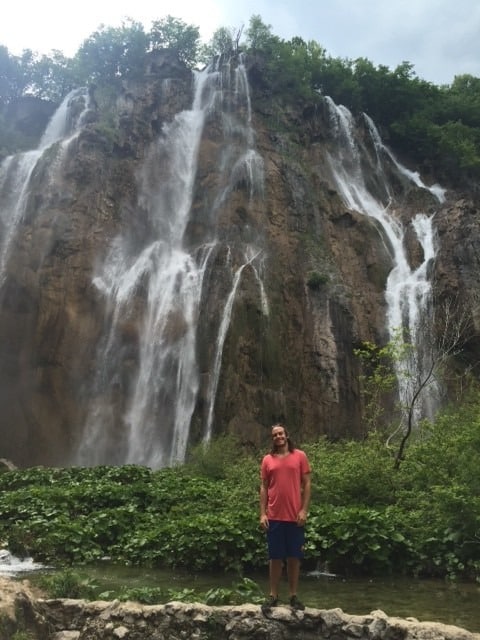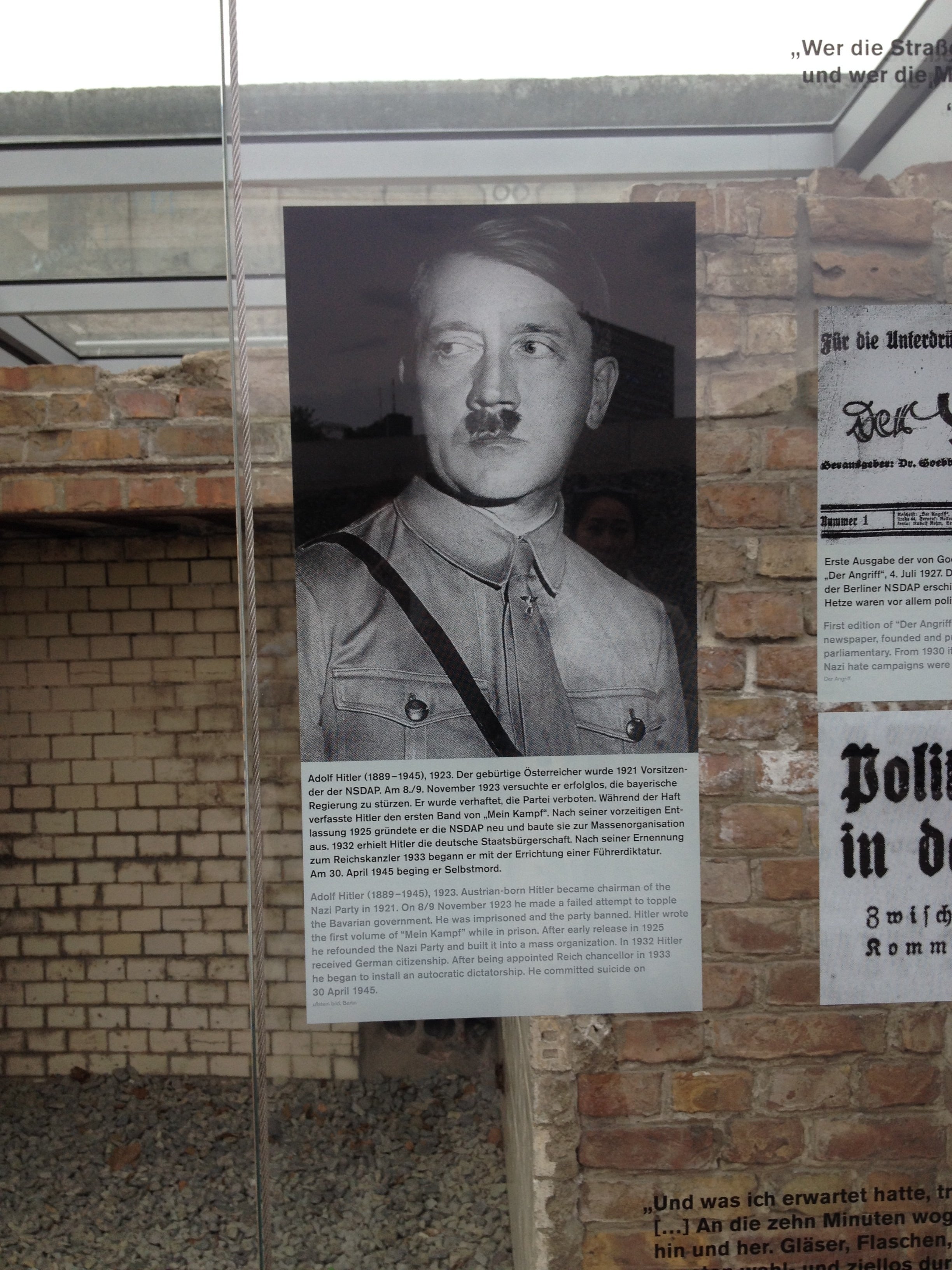Split, Croatia
Split is certainly one of the most beautiful cities I have ever visited. It is the second largest city in Croatia, after Zagreb and is located on the eastern shore of the beautiful Adriatic Sea, where is spread out over a peninsula that was once the palace of the Roman Emperor Diocletian. Split is considered … Read more






